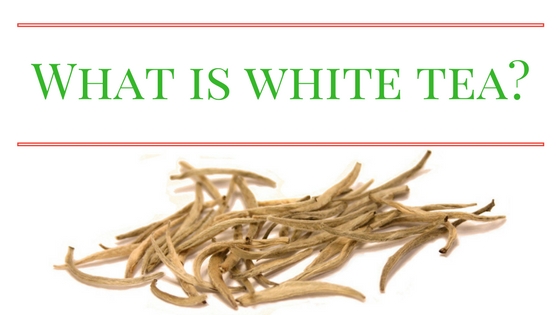It dawned on me that I’ve never done an introduction to each of the tea categories. Information like this might be old hat for some of you but I think those that are new to tea who might find it useful. Over the next few weeks, I’ll be covering a different type of tea each Monday. Please let me know in the comments if there’s something you’d like to see covered for yellow tea, green tea, oolong, black tea, or puerh tea.
Origins
White tea originates from China’s Fujian Province. It is heavily debated when people first began producing it. Some sources say that it is the first tea ever consumed but others say that this processing technique has only been around for a few centuries. Fuding, Zhenghe, and Jianyang are the main production areas. White is often marketed as being rare but this simply isn’t the case, especially as western interest continues to increase.
Varieties
Bai Hao Yin Zhen
- aka Silver Needle.
- Made exclusively from unopened buds.
- The highest grade of white tea.
- Most delicate in taste
Bai Mu Dan
- aka White Peony
- Made using unopened buds as well as larger leaves
- The leaves are largely unbroken and should still have a green hue
- Less delicate in taste
Shou Mei
- aka Longevity Eyebrow
- Contains a higher leaf to bud ratio than Bai Mu Dan
- The leaves are more broken and bit more brownish in color
Gong Mei
- aka Tribute Eyebrow
- Made mostly with larger leaves and some scattered buds
- The leaves will be mostly broken and brown in color
- The lowest grade of white tea
Processing
Fresh leaves are withered to reduce their moisture content and then dried. Traditionally this was done by laying them out in the sun but it is now common to dry them mechanically with an oven or dryer. Nothing else is done to the leaves with the possible exception of rolled pearl style or blooming teas.
Taste
The taste of white can be described as floral, fruity, and vegetal. Think cucumber, melon, meadow flowers, and snow pea. Notes of hay or grass might also pop up. White tea is very delicate and mild, particularly for those
Pro Tip: Try taking a sip of room-temperature water and eating a salty cracker first. This will help wake up your taste buds.
How to Brew It
First, it’s important to keep in mind that there is no right or wrong way to brew any tea, All that matters is that you enjoy the end result. White tea is often brewed with lower water temperatures, similar to what you might see for green tea. High-quality ones can stand up to much hotter water but poor quality teas will show their faults under pressure.
When using a western method, water temperatures are usually around 160 to 175° Fahrenheit. Steep times can vary between 3 and 8 minutes depending on the tea. White tea leaves tend to be fairly fluffy, making it hard to measure in teaspoons. Weighing your leaves will help make sure that you are using the right amount. Most teas will call for 2 to 2.5 grams of leaf per 8oz cup of water.
Gongfu is definitely my preferred way to make white tea. A gaiwan or glass pitcher is best because yixing teapots retain too much heat. Water temperatures will range from around 175° to 212° Fahrenheit with steep times between 30 seconds and 1 minute. I also really enjoy white tea grandpa style when I’m feeling a bit lazy.
What was the first white tea that you ever had? Let me know in the comments!
Header image attribution: WJ Houtman, via Wikimedia Commons
